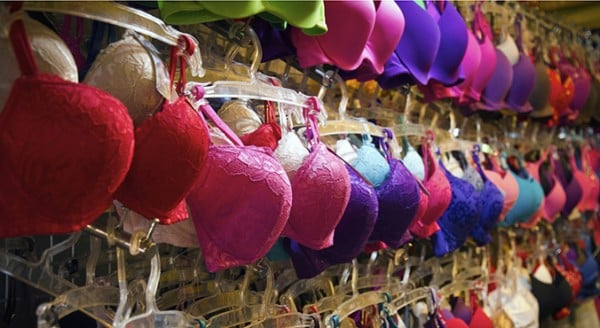
Image via iStock.
There’s plenty of hype about pregnancy boobs. You and your partner will be obsessed with them, although for different reasons. Them: “Babe, your boobs look awesome!” You: “But they are itchy and none of my bras fit!”
You thought that was fun? Well, the boob obsession doesn’t stop once your baby is born. The changes to come over your bosom will be enough to entertain you for possibly years to come. Intrigued? Welcome to the world of post-pregnancy boobs…from a woman who’s been there.
Related: Does a woman’s diet during pregnancy influence her baby’s food preferences?
1. Sex can be awkward.
For some women, the changed role of their breasts – from funbags to feedbags – can affect their sex lives. This is often due to their breasts spraying or leaking milk during sex.
“It's common for milk to leak from the breasts during arousal and orgasm,” says Rachel Fuller, president of the Australian Breastfeeding Association (ABA). “This is because the same hormone - oxytocin - triggers both the let-down reflex and orgasm.”
The “let-down reflex” is the breast’s first release of milk after the baby starts sucking during a feed.
2. They may look different.




